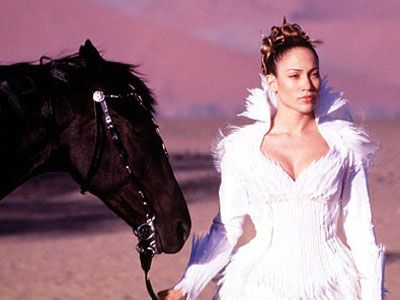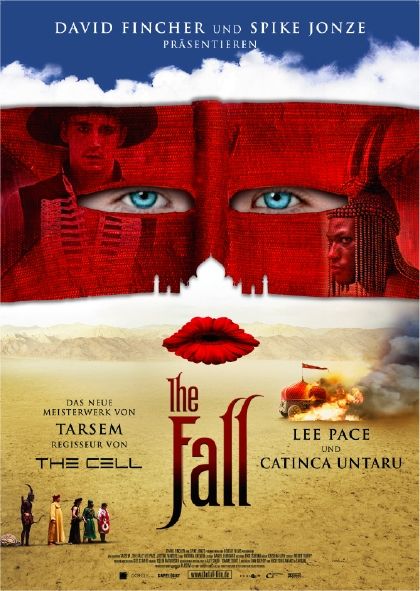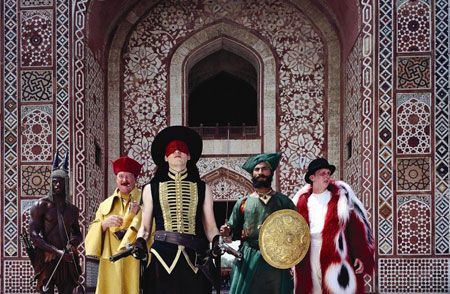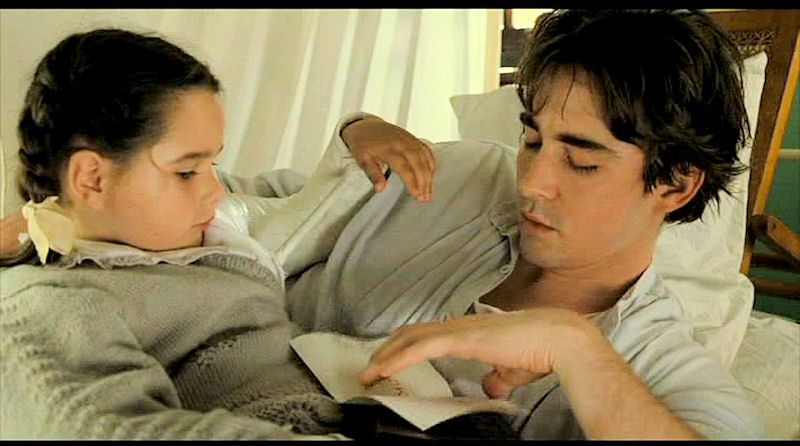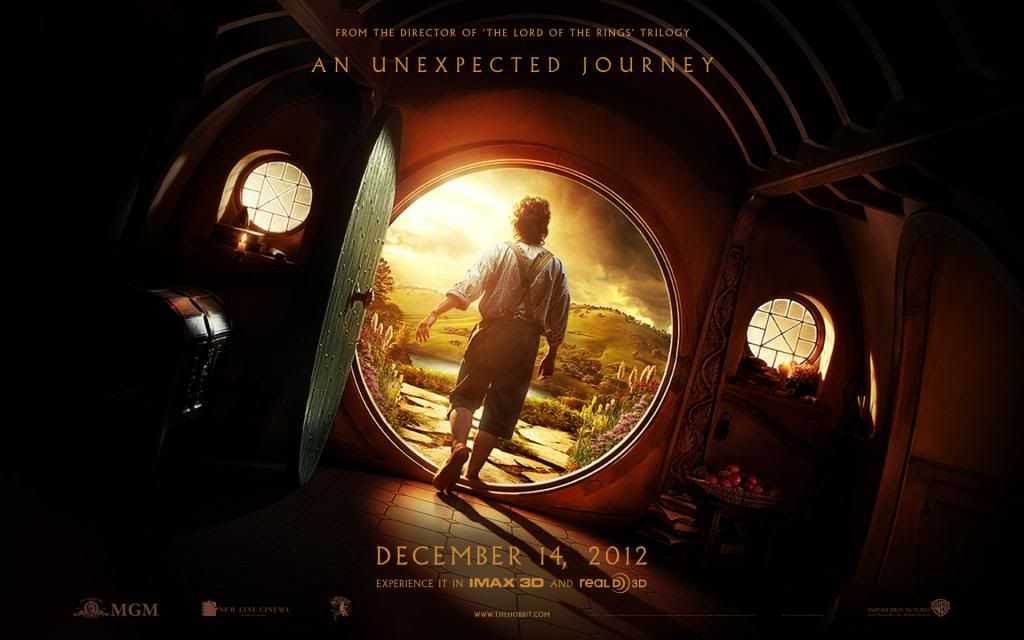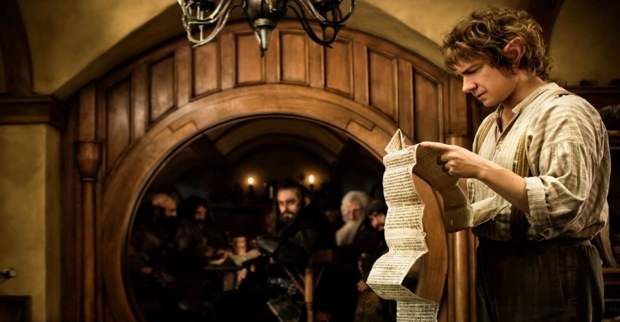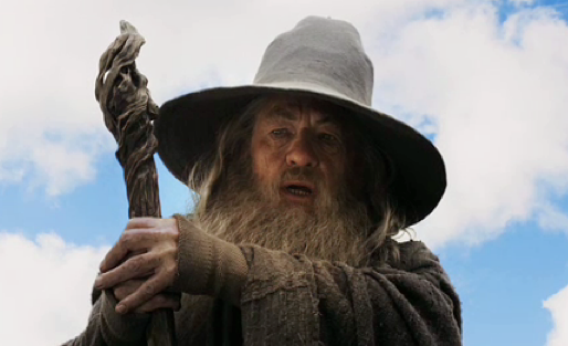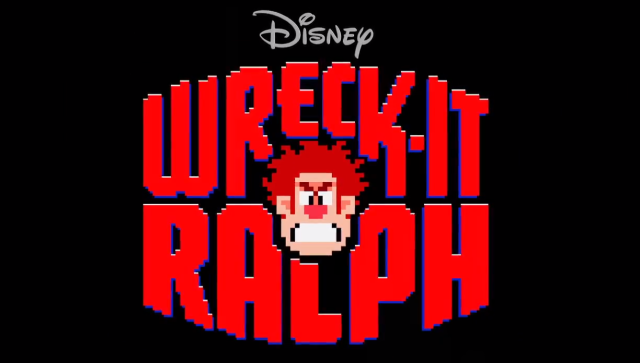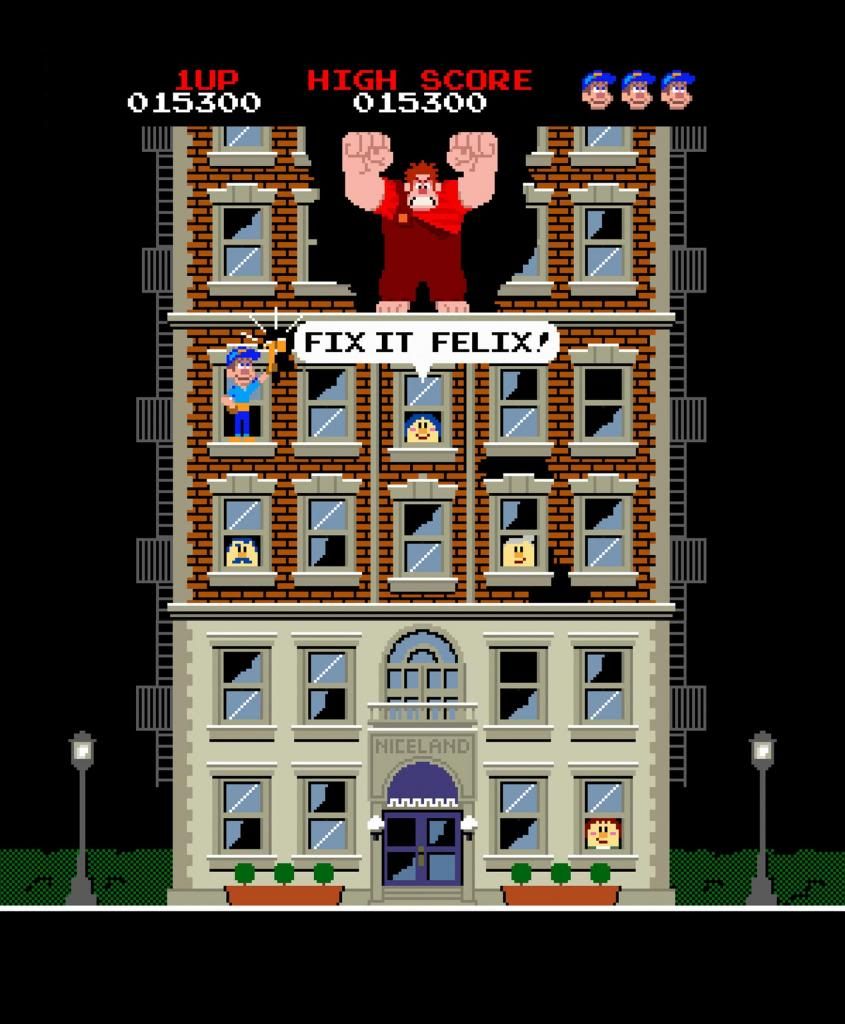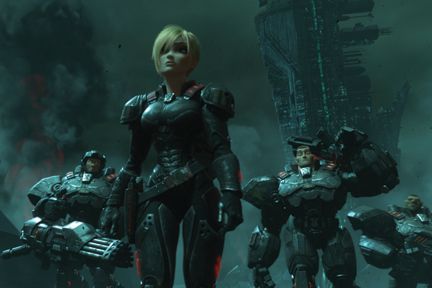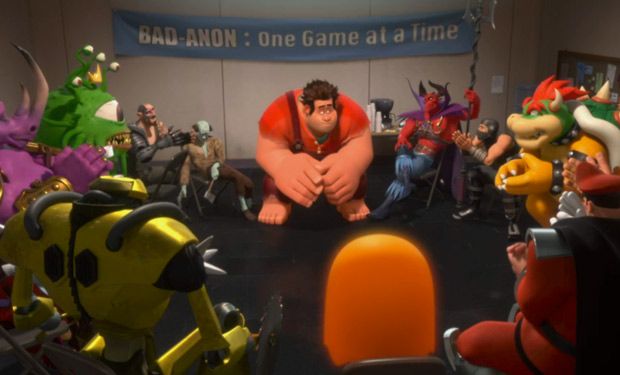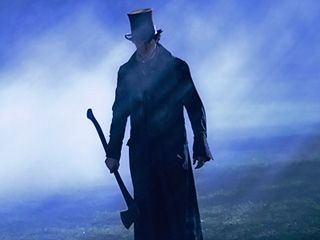In Mega-City One, the population is astronomical and crime is rampant. The people are represented by one group, and one group alone: the Judges. They locate and investigate crime; they prosecute and punish the offenders on the spot. They are the law. These are their stories.
Going back to the well of an established intellectual property can be risky business. If it’s a long-running story, die-hard fans will be frothing at the mouth not just to see this new take on their beloved worlds, but tear the storyteller to ribbons over anything they might get ‘wrong’. So it was in the first movie based on Judge Dredd, the central character of the ultra-violent, subversive, and even satirical 2000 AD Comics. It was… well, not great, but amusing and even entertaining in its own way. They went back to the well for a 2012 remake, and fans held their breath. I hope they let it out shouting for joy, because this new Dredd is ultra-violent and subversive – not necessarily satirical, but considering how stripped-down the film is, it’s clear something had to go.
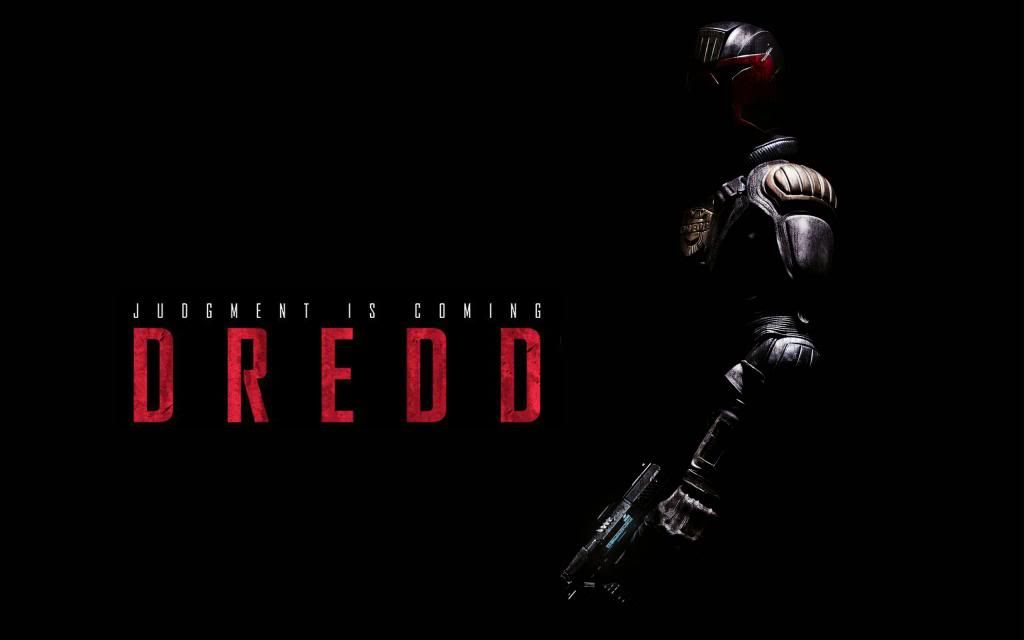
We join Joe Dredd at the start of an average day as a Judge in Mega-City One, a final bastion of teeming humanity on the edge of a nuclear wasteland. You know how it goes – get up, put on the armor and helmet, get the Lawgiver ready, chase down some thugs on your kickass bike, same old same old. Today’s different, though. Dredd’s been saddled with a psychic rookie named Anderson, and heads out with her to investigate a triple homicide at the mega-block known as Peach Trees. The mega-block is a miniature city in and of itself, 200 floors housing 80,000 people, and the drug queen Ma-Ma is in control of it all. She doesn’t like Judges poking around in her business. So she locks the place down and calls for their heads. She thinks she’s the law in Peach Trees. Guess who disagrees.
Right from the start, seasoned readers and watchers can tell this is not the same Dredd as before. Unlike the previous film’s predilection for overwrought bombast, bright splashy colors, and a leaning towards camp that didn’t quite hit Flash Gordon levels but came pretty close at times, Dredd plays things closer to the vest. I’d say it’s more subtle, but that seems a disingenuous word considering how violent the movie is. People are shot, stabbed, skinned alive, even set on fire – when it comes to ‘inventive law enforcement’, the Punisher and the Boondock Saints have nothing on Dredd. But under all of the bloodshed and gore is an undercurrent of reflectiveness, a dark mirror of our own modern society, steeped in the glorification of carnage and the acknowledgement that, when the corrupt will stop at nothing to accomplish their goals, there are times when you need someone of such deep-rooted and nearly fascistic righteousness to step in who is willing to stop at nothing to punish the aforementioned corrupt.

If you see this scowl, RUN.
The sort of person who personifies this mentality is not bombastic. They don’t like a lot of attention and they’re not given to grand shows of power to demonstrate how awesome they are. Hence why Karl Urban is superior in the role of Judge Dredd to Stallone. Where Stallone shouted, Urban growls. Where Stallone emoted with his weird-ass contacts, Urban scowls. He moves with a purpose at all times. He appears long enough to do his job, brutal as it might be, then moves on. He keeps his own counsel and demonstrates that absolute adherence to the law does not mean unreasonability. And he never, ever takes his helmet off.
This is, of course, the result of many galvanizing years on the mean streets of Mega-City One. In order to fully demonstrate the hidden depths of the character, rather than just tell you “there’s a lot going on under that visor,” the audience benefits from a surrogate. Enter Olivia Thirlby as Judge Anderson, the rookie with whom Dredd has been saddled. There are a lot of directions a writer can go with a character like this – a wide-eyed questioner, a cheerleader for the protagonist, and so on. Anderson, however, is not just there to be a pretty face. She’s being tested, and not just by Dredd. It’s a testament to Thirlby’s acting chops that we feel, rather than hear about, her mix of respect and fear for Dredd, her uncertainty at the situation in front of her, and her determination to prove herself and not back down no matter what challenge presents itself. Even when things go bad for her, she retains a measure of control, never gives up hope, and never betrays her fears in full. She’s one of the best female characters I’ve seen on screen in a while, especially in a movie based on a comic, and I’d pay money just to see another story with her in it.
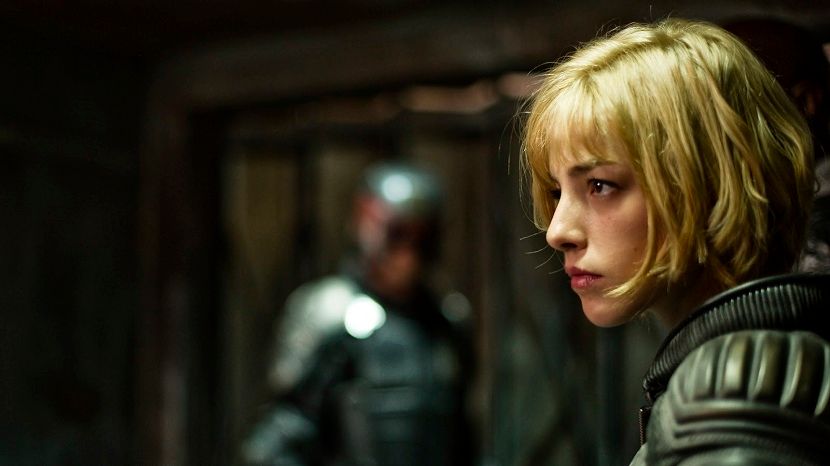
She’d make a fantastic Samus Aran.
The supporting cast, while decent, never really rises to the level of the two leads. Lena Headey is always good in whatever role she takes, from Queen Gorgo of Sparta to Cersei Lannister, but Ma-Ma has little in the way of range. She’s tough and brutal, of course, but there’s really nothing to her other than ambition and those overlying traits. The rest of her forces are pretty interchangeable mooks, and we only get bits and pieces from others to really show us what life in Mega-City One is like. Given that the film is only 95 minutes long, a little more fleshing out here and there would have been fine, without having too much negative impact on the pace of the action. Finally, as bleak as the setting is, I never got the feeling that Mega-City One was as oppressively crowded as it might seem given the numbers. But that’s a minor quibble with an otherwise overwhelming success in going back to the well, and coming back with something that not only sustains, but delights.
Stuff I Liked: There’s very little fat on this movie; it moves at a great pace and is very goal-oriented. Its rather straightforward story lends itself well to character examination through action. The small scale of it and the lack of any overarching compulsion to save the world, or the girl, or the Law, makes it a much tighter and more substantive story than you get in most movies based on comic books. Even some Marvel ones. And the predominance of practical effects makes the action even more visceral and concrete.
Stuff I Didn’t Like: I don’t like the idea of this being the only story I’ll see with these actors as these characters. I would have liked to see a bit more backstory and characterization with Ma-Ma, even though what we get is perfectly adequate.
Stuff I Loved: Let’s just say “everything about Dredd and Anderson” and leave it at that. And considering how we’re with them every step of the way in this story, there’s plenty to love.
Bottom Line: There are a lot of reasons to see Dredd. See it for the tight, intimate story. See it for the extremely well-shot and visceral action. See it to enjoy a rendition of Judge Dredd that feels authentic and real, not campy and bombastic. See it for a growly voice that puts Bale’s Bat-voice to shame without being as ridiculously over-the-top.

